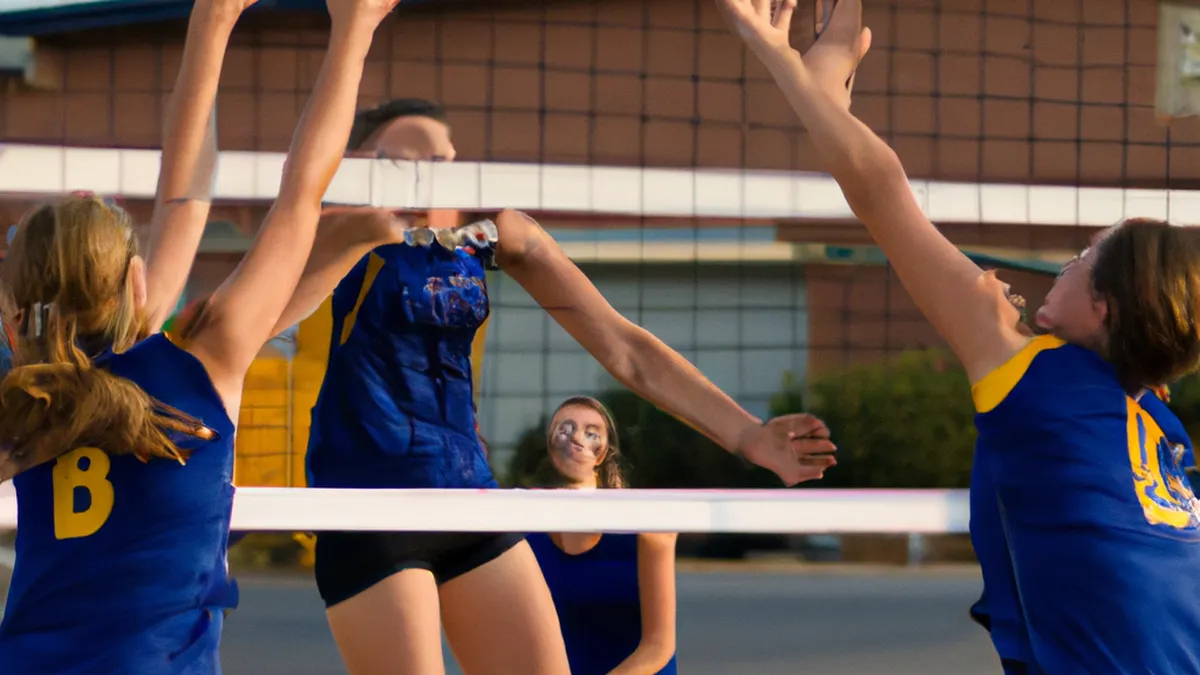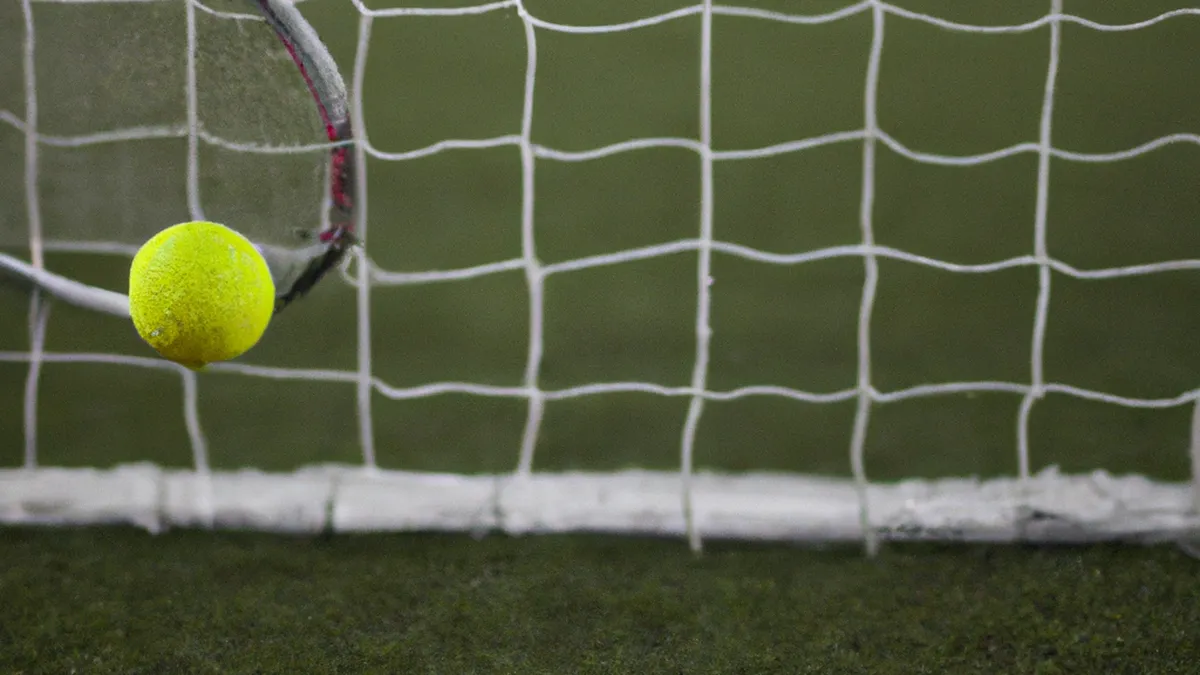Precision Techniques for Superior Defensive Digs
Developing Precision in Defensive Digs
As an Amazon Associate I earn from qualifying purchases.
Gear tip: consider agility cones, speed ladder and training hurdles to support this workout.
In volleyball, defensive digs maintain momentum and keep rallies alive. A well-executed dig can turn a match’s tide. Precision in digs requires practice, focus, and understanding of the game. This blog post provides practical tips and expert advice to enhance your digging skills and effectiveness on the court.
Understanding Defensive Digs
Defensive digs receive and control the ball after an opponent’s attack. The goal is to prevent the ball from hitting the floor while setting up your team for a counterattack. A successful dig energizes your team and demoralizes opponents. Developing precision in digs significantly impacts your team’s performance. Focus on the following tips to enhance this skill.
Tips for Improving Your Digs
1. Maintain Proper Stance
Your stance affects your digging ability. Stand with feet shoulder-width apart, knees bent, and weight evenly distributed. This position allows quick movement in any direction. Keep your arms relaxed at your sides for better reaction. A solid stance forms the foundation of effective digging.
2. Watch the Hitter
Always observe the opposing hitter. Pay attention to their body language, arm swing, and approach. This awareness helps you anticipate their moves. Predicting the ball’s trajectory allows you to position yourself effectively. A keen understanding of the hitter’s tendencies aids your decision-making on the court.
3. Use Your Arms Effectively
When digging, extend your arms in front of you. Form a platform by bringing your hands together, aligning thumbs and interlocking fingers. This platform directs the ball where you want it to go. Aim for a controlled pass to your setter or teammate. Adjust your arms’ angle to influence the ball’s trajectory. Consistent practice improves your accuracy in digs.
4. Focus on Footwork
Good footwork is essential for successful digs. Always be ready to move, as quick adjustments can determine success. Use short, quick steps to position yourself. Shift your weight to the side of the incoming ball, preparing to dig effectively. This approach enhances control and accuracy. Practice lateral movements to improve agility on the court.
5. Develop Anticipation Skills
Develop anticipation through experience and observation. Work on recognizing patterns in gameplay.
Conclusion
In summary, mastering defensive digs enhances your volleyball skills and improves team performance. Implement these tips to elevate your game.
Below are related products based on this post:
FAQ
What is the primary goal of a defensive dig in volleyball?
The primary goal of a defensive dig is to receive and control the ball after an opponent’s attack, preventing it from hitting the floor and setting up your team for a counterattack. A successful dig energizes your team and can demoralize your opponents.
How can I improve my digging skills in volleyball?
You can improve your digging skills by maintaining a proper stance, watching the hitter to anticipate their moves, using your arms effectively to create a platform for the ball, focusing on your footwork for quick adjustments, and developing anticipation skills through experience and observation.
Why is footwork important for defensive digs?
Footwork is crucial for successful digs because it allows you to position yourself quickly and accurately in response to the incoming ball. Good footwork enhances your control and ability to make effective digs, as it prepares you to shift your weight and move in the direction of the ball.















Post Comment